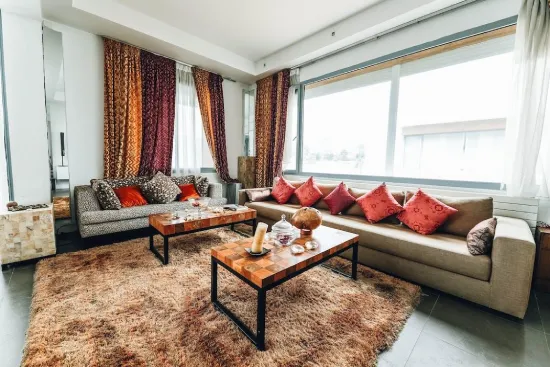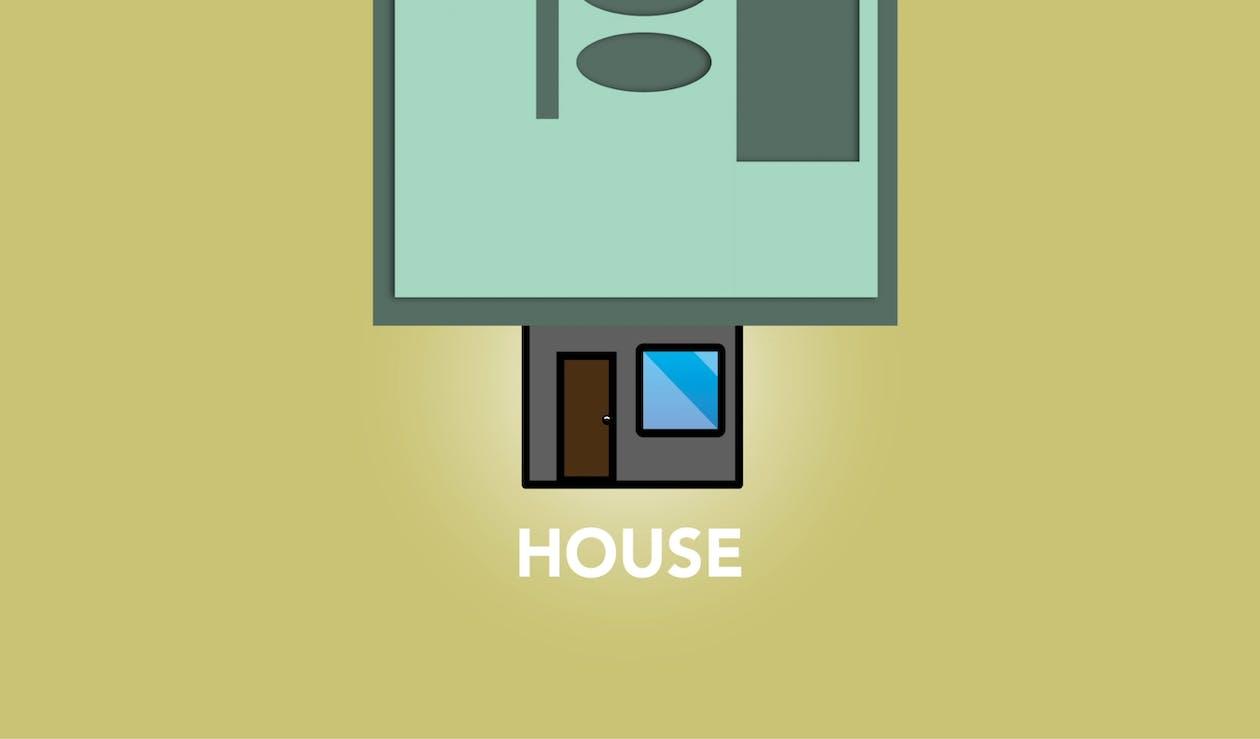The Official Definition of A Doorman Building is a building where a dedicated doorman is present, usually 24 hours a day, 7 days a week (depending on the structure) at the entrance and ensures only residents of the building, their guests, and relevant people can get into the building. Apart from providing basic security, a doorman can also receive delivery packages on your behalf, track down maintenance staff, the super, and you can leave keys for your dog-walkers or maids with the doorman.
For doorman buildings that have a separate concierge, a doorman’s job is usually just to open doors for people coming into the building and making sure only the right people get in. The concierge does the rest. But in many NYC doorman buildings, the doorman might perform the duties of both positions.
(What Are) The Different Types of Doorman Buildings
While it’s not an official classification, doorman buildings can be divided into three types:
A regular doorman building usually just hires a full/part-time doorman and super.
A full-service doorman building will have more building staff and amenities. These buildings usually have a full-time concierge and a resident manager as well.
Some high-end luxury condos and co-ops can be classified as “white glove.” These doorman buildings have several building staff members, including porters that can help you with your luggage. The name white-glove comes from the gloves the staff is usually required to wear (possibly to display a high level of cleanliness), and the concept is to offer the residents of the building a five-star hotel service in their apartment building.
When Did Doorman Buildings First Become Popular?
Doormen have been around for more than two millennia (2,000 years) since there were doormen in the old Roman empires as well. In NYC, doorman buildings have been around for about 160 years. Doormen in NYC are unionized, mostly under the essential workers union 32BJ SEIU.
The concept of doorman buildings has changed over the years, and nowadays, virtual doormen are also becoming commonplace. It’s a type of off-site building security, i.e., the people watching the door via cameras are usually sitting in the security building head office. They supervise and control the entry through building doors by verifying either manually or using technologies like facial recognition or other forms of electronic ID for building residents and their visitors.
What Are Some Pros And Cons Of Living In A Doorman Building?
Doorman buildings provide more than just a luxurious way of living. They offer several benefits, but there are also a few drawbacks of living in a doorman building.
Pros
- Doorman buildings offer more security. They control entry in the building and ensure only the residents, their guests/visitors, and people who have official business can enter.
- Residents of doorman buildings find maintenance and service more efficient compared to other buildings. They don’t have to spend hours waiting for or tracking down the super or property manager.
- There is always a friendly/known face on the door, which makes apartment buildings feel more inviting and appealing.
- They can end up being your very close friends since you get to know one another on a more intimate level.
- Doormen receive your packages, so they don’t get lost. However, many non-doorman buildings now ensure that there is a room/space set out for deliveries, and the super receives them.
Cons
- Doorman buildings tend to be more costly. The more building staff there is, the higher your maintenance or common charges can be.
- There is usually an additional cost of tipping for yourself (especially during holidays) and sometimes your guests (when you are hosting an event).
- Doorman buildings don’t offer as much privacy. The doorman knows about your guests, your deliveries, and when you’re leaving or coming back to the building. Even if they are discreet and don’t share your routine with anyone else, some people prefer more seclusion.
- If you are an introvert, the “social interaction” with your doorman and/or concierge might not be a plus for you if you generally avoid such interactions.
Common Misconceptions
Helping you with heavy weights and watching your pet or kid for a few minutes is not necessarily a part of a doorman’s job. It’s common courtesy, and you should consider paying him or her back with a decent tip. But it’s very important to treat your doormen like human beings as they deserve our respect as well. Sometimes we lose sight of that.
How Much More Expensive Can They Be Than Non-Doorman Buildings?
If there are no other major differences, a doorman building can be about 10% to 15% more expensive than a non-doorman building. That number can fluctuate drastically depending on the location, size of the apartment, amenities and other aspects, but in general that includes both the property cost and the higher maintenance or common charges you will pay.
What Are Some Famous Manhattan Doorman Buildings?
A few Manhattan doorman buildings you might have seen or heard of are:
- The Dakota – A 19th century Co-op famous for John Lennon’s murder
- 56 Leonard – also known as the Jenga building in TriBeCa , A 60-story skyscraper known for its glass exterior with 145 unique condos
- 15 Hudson Yards – A 88-story tower known for its artistic design











